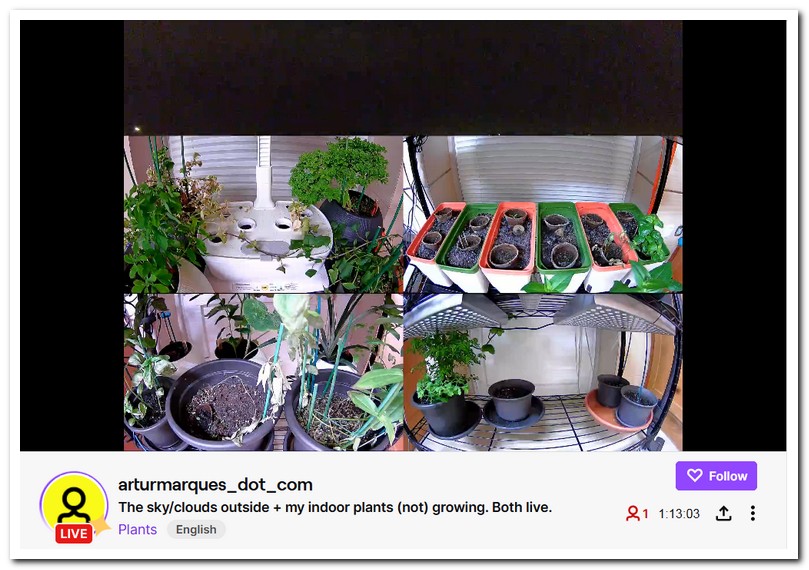“The New Yorker” (TNY) Christmas 2013 edition is a favorite of mine; in fact, I can’t remember being so entertained by another TNY in a long time. At the very top of the list of reasons why I adored this particular edition, is one article, by Michael Pollan, titled “The Intelligent Plant”.
“The Intelligent Plant” is about ongoing research on plants’ adaptive behavior, the analogies that can eventually be made with animals, and the divide that some wording and expressions can cause, namely in “Mancuso et al”. vs “Alpi et al.”. Stefano Mancuso and Amedeo Alpi are both scientists researching plants but with different perspectives on how to approach, or how to word, their studies on plant behavior. Naturally many other scientists work on the field, and related fields, and these two names are highlighted by the TNY article only because of the way Pollan decided to structure it and do his interviews, and also because of the academic citations’ format, which when a paper has more than one author, tends to present the collective by identifying the first or the designated author (Alpi) followed by “the others” (et al.).
It happens that Mancuso makes a case for the appropriateness of wording his research with expressions such as “plant neurobiology”. The problem is that because plants have no literal, or animal-like, neurons, others find it inappropriate: “plant neurobiology” is famously criticized in a 2007 article published in “Trends in Plant Science”, by 36 scientists: Alpi A, Amrhein N, Bertl A, Blatt MR, Blumwald E, Cervone F, Dainty J, De Michelis MI, Epstein E, Galston AW, Goldsmith MH, Hawes C, Hell R, Hetherington A, Hofte H, Juergens G, Leaver CJ, Moroni A, Murphy A, Oparka K, Perata P, Quader H, Rausch T, Ritzenthaler C, Rivetta A, Robinson DG, Sanders D, Scheres B, Schumacher K, Sentenac H, Slayman CL, Soave C, Somerville C, Taiz L, and Thiel G, Wagner R..
Pollan’s article is so enjoyable because it refers experiments, facts and research on plants’ adaptive behavior, that most people aren’t aware of, and that are just astonishing: did you know that plants can make some animals help them?, and that they can fight back to the point of killing their animal predators?, that their behavior relatively to other plants is not always competitive and that they can communicate to help each other? Well I knew a little, learned more and, above all, got my plant curiosity spiced up to unprecedented levels 🙂 mainly because I found there is a strong case to be made for bridging this research to forms of distributed intelligence in the animal kingdom, namely stigmergy-based.



